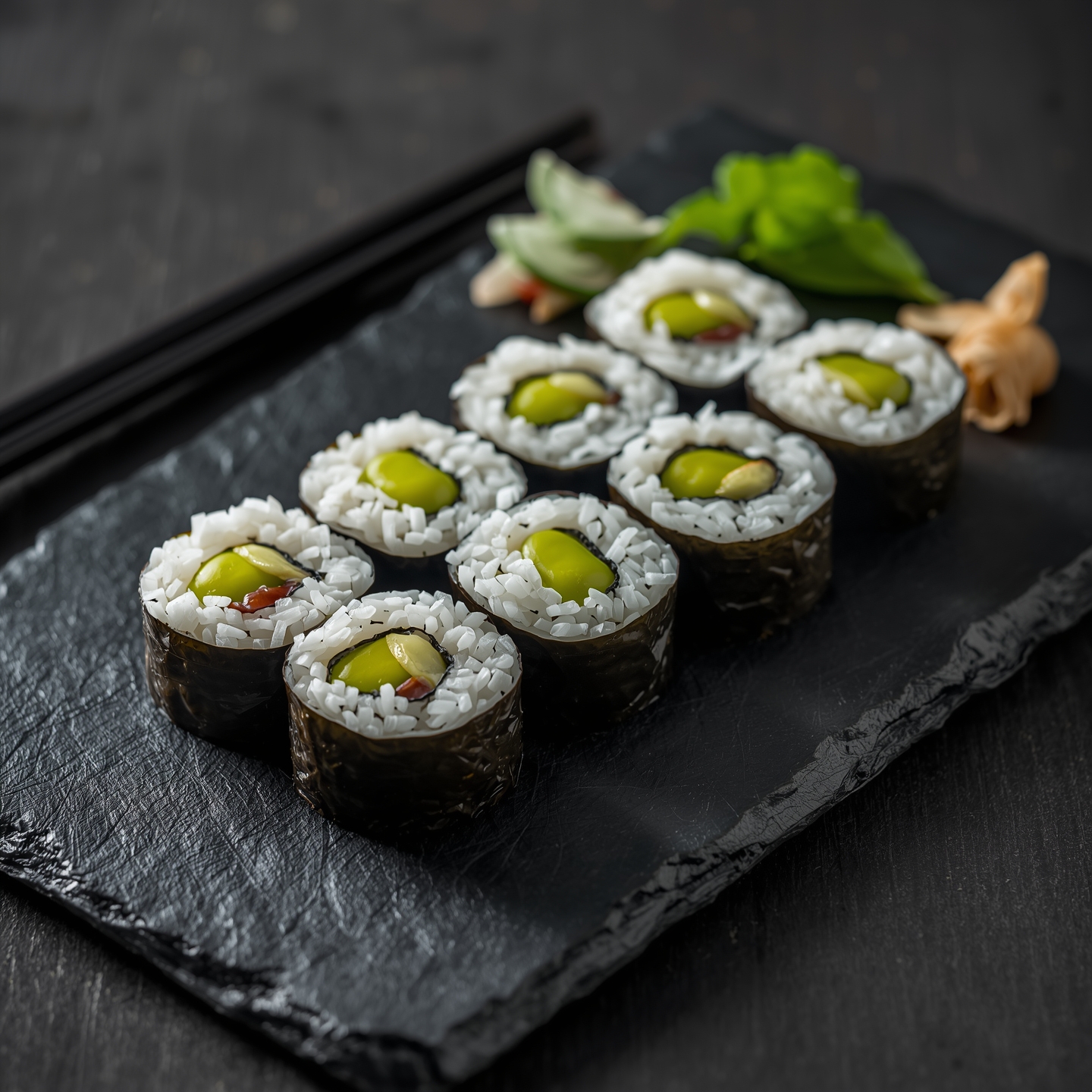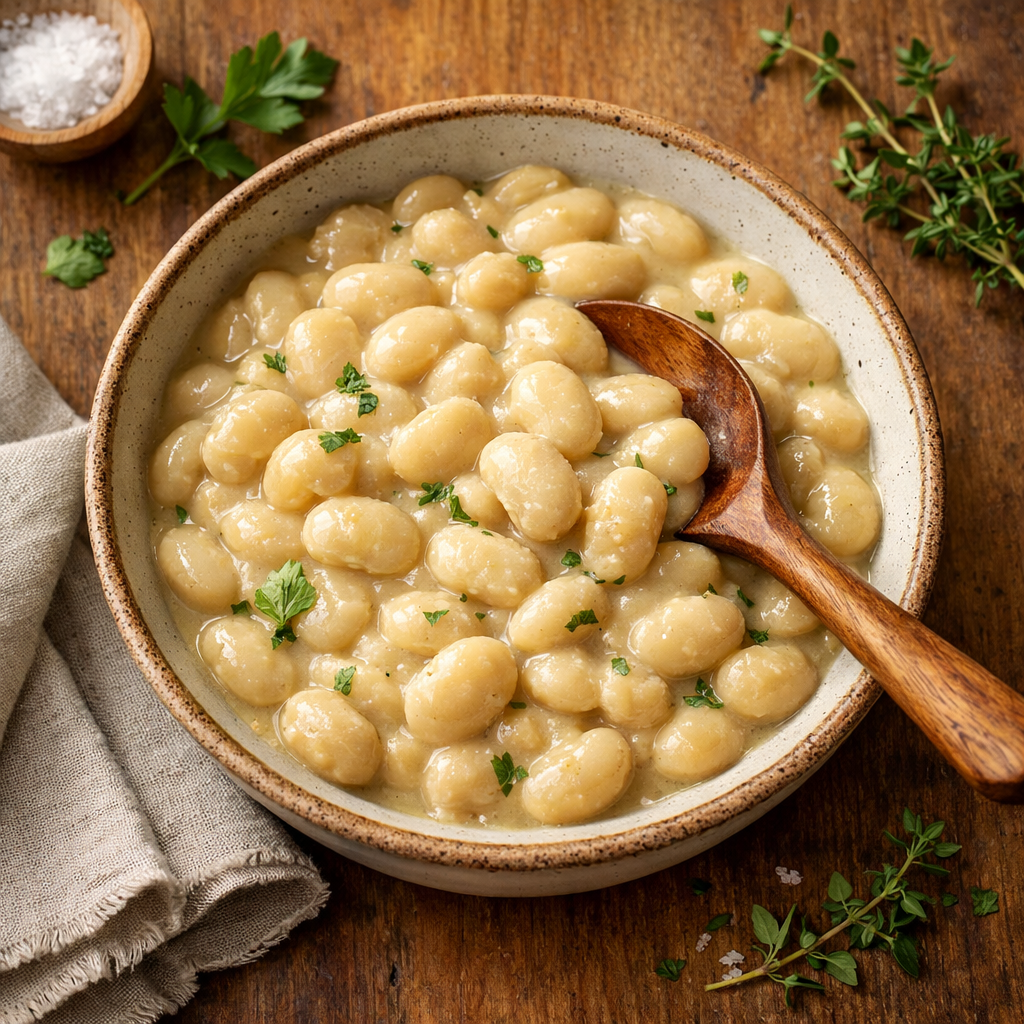I discovered edamame sushi during my quest for healthier alternatives to traditional raw fish rolls. This plant-based variation combines the familiar comfort of sushi rice and nori with protein-packed edamame beans, creating a satisfying meal that’s both nutritious and delicious. Unlike conventional sushi that relies on seafood, edamame sushi offers a vibrant green filling that’s rich in plant protein, fiber, and essential nutrients. What started as a modern fusion has become my go-to choice for light lunches and dinner parties, proving that sushi doesn’t need fish to be exceptional.
What Makes Edamame Sushi Special
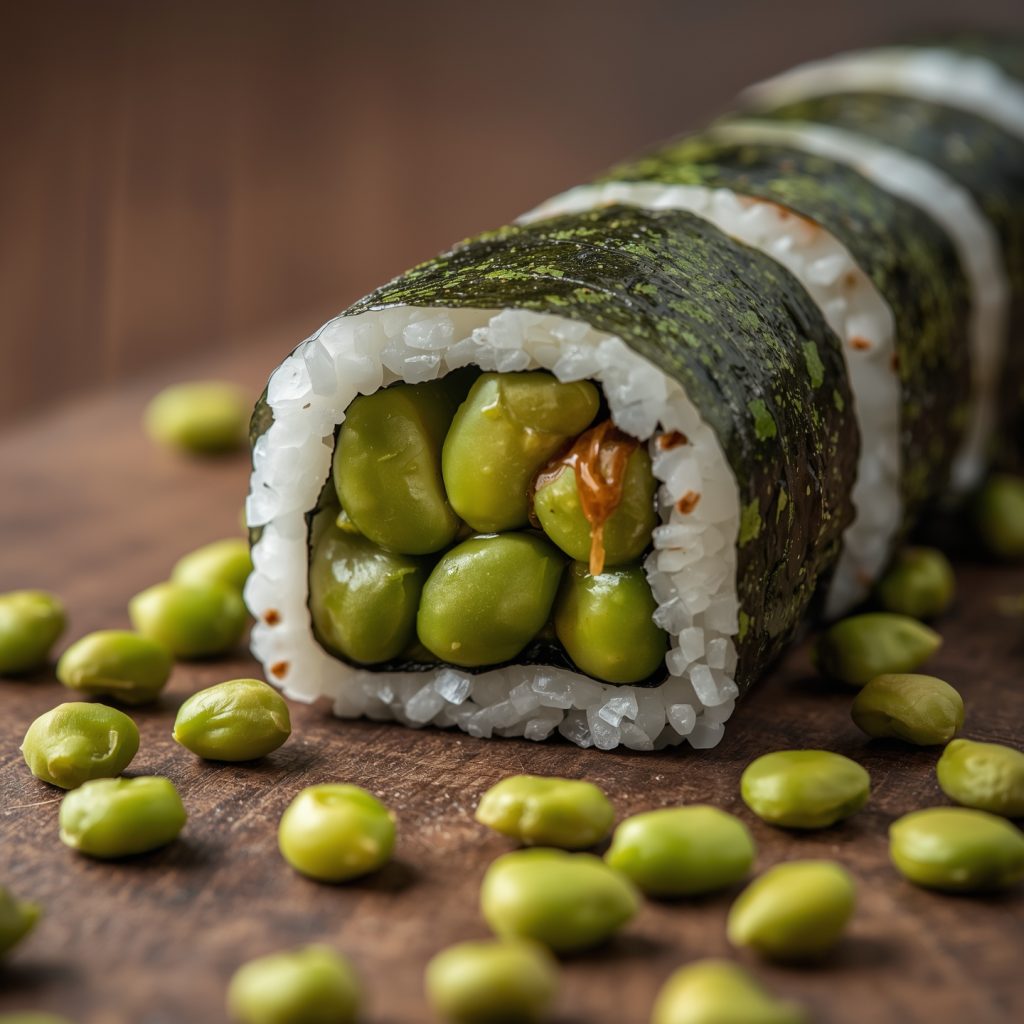
When I first encountered edamame sushi at a local Japanese restaurant, I was skeptical. Could young soybeans really replace the rich flavors of salmon or tuna? After my first bite, I understood the appeal. The beans provide a subtle nutty flavor and satisfying texture that pairs beautifully with seasoned sushi rice.
Edamame beans are harvested before they mature into soybeans, giving them a tender texture and mild taste. When incorporated into sushi rolls, they create beautiful green accents while delivering impressive nutritional value. Each cup contains about 17 grams of complete protein, meaning it provides all nine essential amino acids your body needs.
The versatility amazes me most. I can prepare edamame sushi as traditional maki rolls, deconstructed bowls, or even as nigiri-style pieces topped with seasoned beans. The preparation is simpler than working with raw fish, making it perfect for home cooks who want restaurant-quality results without the intimidation factor of handling seafood.
Essential Ingredients and Equipment
Creating perfect edamame sushi at home requires specific ingredients and tools. I’ve learned through trial and error which items are absolutely necessary and which are merely helpful additions to the process.
For the edamame, I prefer fresh beans when available, though frozen varieties work excellently. The key is ensuring they’re bright green and firm after cooking. I always keep kosher salt on hand for seasoning the cooking water, which enhances the beans’ natural flavor.
Sushi rice is non-negotiable—regular short-grain rice won’t provide the proper texture. I use Japanese varieties like Calrose or Koshihikari. Rice vinegar, sugar, and salt create the seasoning mixture that transforms plain rice into proper sushi rice.
Nori sheets should be crisp and dark green. I store them in airtight containers to prevent moisture absorption, which makes rolling difficult. A bamboo rolling mat is essential for achieving tight, professional-looking rolls.
Additional ingredients I keep stocked include sesame oil, low-sodium soy sauce, pickled ginger, and wasabi. Fresh vegetables like cucumber, avocado, and carrots add color and crunch to complement the edamame’s texture.
To truly master sushi rice at home, consistency is everything—and nothing beats a premium rice cooker for perfect, fluffy grains every time. A high-end model takes the guesswork out of water ratios and timing, freeing you to focus on rolling beautiful, restaurant-quality sushi.

KitchenAid Grain and Rice Cooker 8 Cup with Automatically Sensing Integrated Scale + Water Tank, KGC3155, Porcelain White
- Integrated scale automatically senses the amount of grains, rice or beans you’ve added in order to calculate the ideal water-to-grain ratio for what you’re cooking
- Integrated water tank automatically dispenses the right amount of water to match the ideal liquid-to-grain ratio for what you’re cooking; removable for easy refilling
- Explore a whole new world of whole grains with 21 preset options for rice, beans, oats, couscous, quinoa, barley, farro and more
- Cook on your schedule with delayed cook that lets you add ingredients ahead of time and schedule cooking to begin up to 24 hours later, providing more flexibility for your meal prep routines
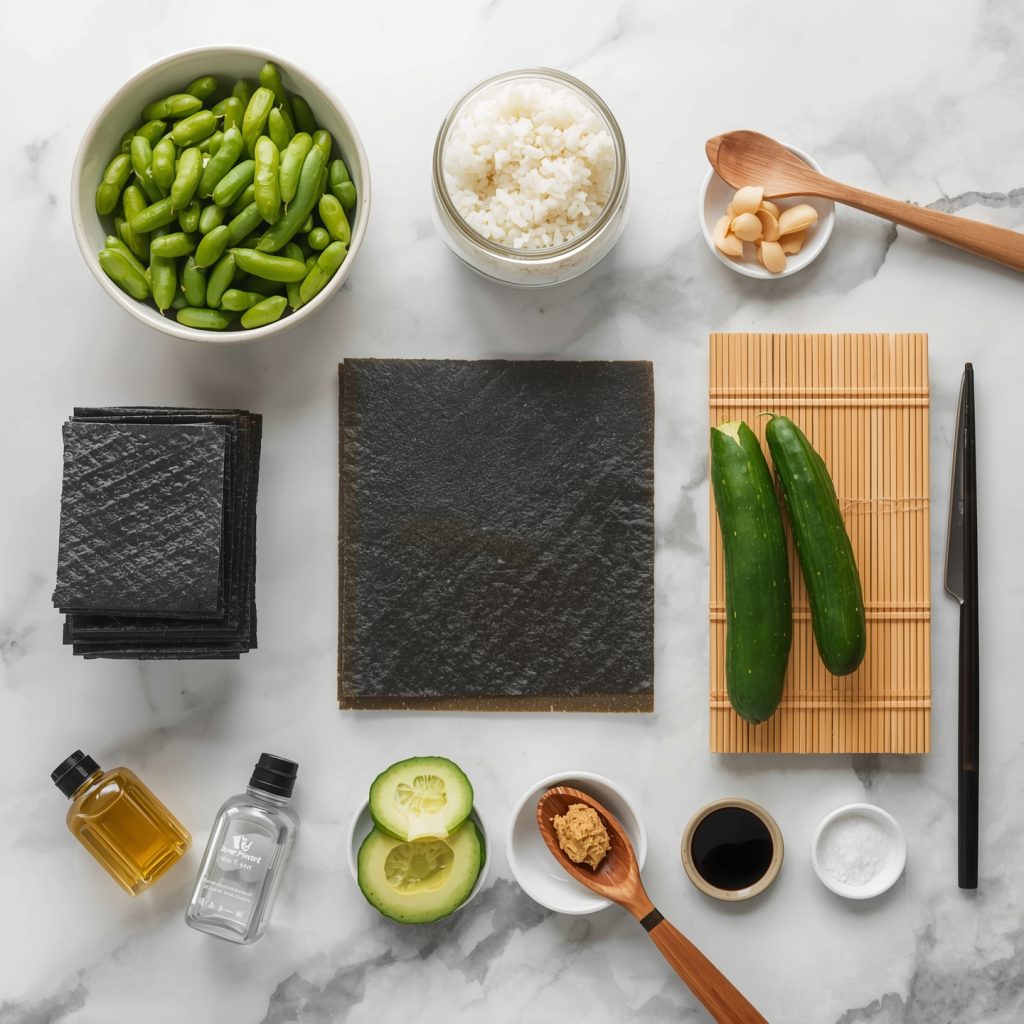
My Signature Edamame Sushi Bowl Recipe
After years of experimenting, I’ve developed this healthy edamame sushi bowl that delivers all the flavors of traditional sushi in a more casual format. This recipe serves two people and takes about 30 minutes to prepare.
Ingredients:
- 1 cup short-grain sushi rice
- 1¼ cups water
- 3 tablespoons rice vinegar
- 1 tablespoon coconut sugar
- 1 teaspoon salt
- 1 cup frozen edamame, shelled
- 1 medium cucumber, diced
- 1 ripe avocado, sliced
- 2 tablespoons sesame seeds
- 2 tablespoons low-sodium soy sauce
- 1 teaspoon sesame oil
- 1 teaspoon rice vinegar
- ½ teaspoon grated fresh ginger
Instructions:
- Rinse rice until water runs clear, then cook with water in rice cooker
- While rice cooks, boil edamame in salted water for 4 minutes
- Combine vinegar, sugar, and salt for rice seasoning
- Mix warm rice with seasoning mixture, cool to room temperature
- Whisk soy sauce, sesame oil, vinegar, and ginger for dressing
- Divide rice between bowls, top with edamame, cucumber, and avocado
- Drizzle with dressing and sprinkle with sesame seeds
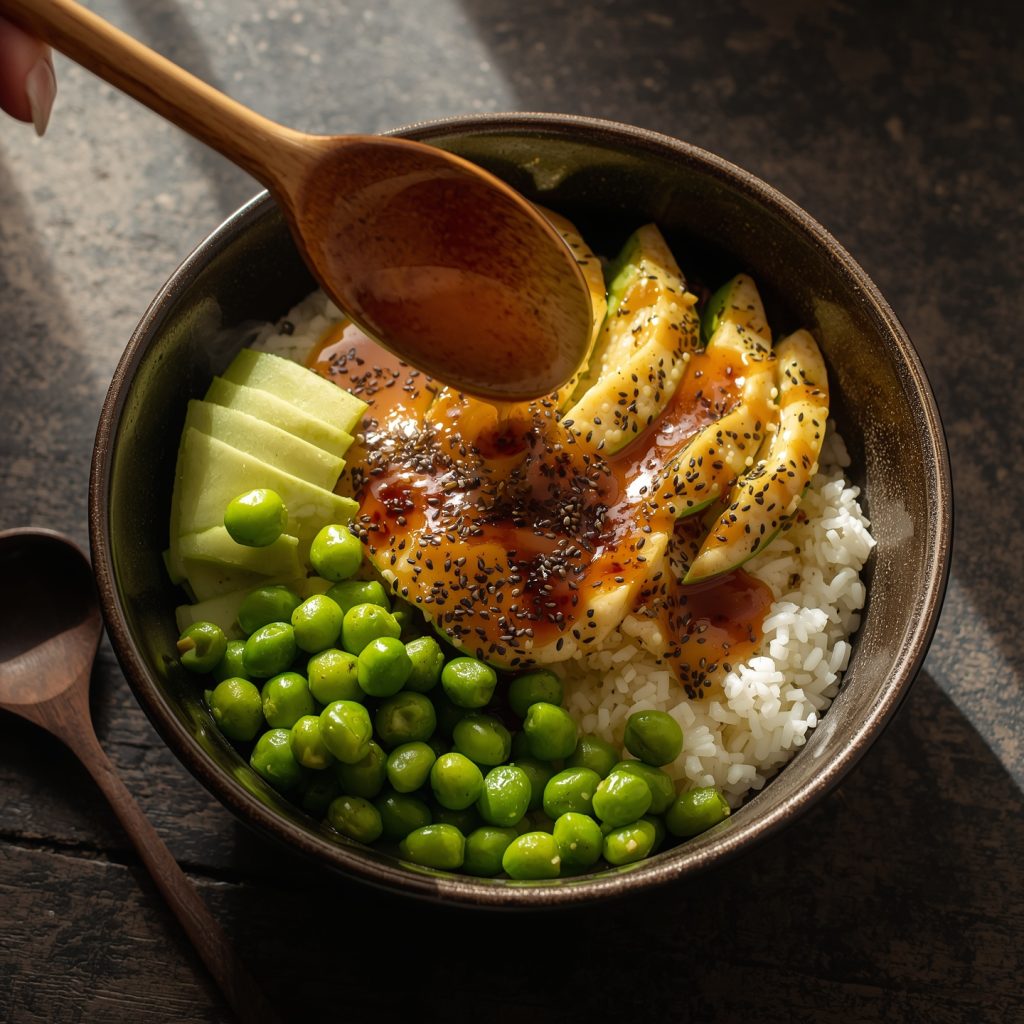
How Edamame Sushi Tastes Different from Traditional Sushi
The most striking difference I notice when eating edamame sushi versus traditional fish-based rolls is the absence of oceanic flavors. Traditional sushi carries distinct marine notes from fish, whether it’s the buttery richness of salmon or the clean taste of tuna. Edamame sushi instead offers earthy, nutty undertones that feel more grounded and substantial.
The texture contrast is equally pronounced. While raw fish provides silky, almost melting textures, edamame beans deliver a firmer bite with slight resistance. This creates a more satisfying chew that I find particularly appealing during lunch when I want something substantial but not heavy.
What surprises most people is how the flavors complement traditional sushi accompaniments. Soy sauce, wasabi, and pickled ginger work just as well with edamame’s mild taste, proving that the supporting elements of sushi are what truly define the experience.
Perfect Edamame Sushi Preparation
The secret to exceptional edamame sushi lies in proper preparation techniques I’ve refined over countless attempts. Temperature control and timing are crucial elements that separate good results from great ones.
I start by cooking edamame in generously salted boiling water for exactly four minutes. Overcooking results in mushy beans that won’t hold their shape in rolls. Immediately after cooking, I plunge them into ice water to stop the cooking process and preserve their vibrant green color.
For sushi rice, I use a 1:1.25 ratio of rice to water and never lift the lid during cooking. Once the rice finishes cooking, I let it rest for ten minutes before adding the vinegar mixture. The rice should be warm but not hot when seasoned, allowing the vinegar to absorb without making the grains mushy.
When rolling edamame sushi, I spread the rice evenly, leaving a one-inch border at the top edge of the nori. I arrange edamame beans in a single line about one-third from the bottom edge, ensuring even distribution throughout the roll.
The rolling technique requires gentle but firm pressure. I start from the bottom edge and roll away from myself, using the bamboo mat to maintain even pressure. A sharp, wet knife is essential for clean cuts that don’t crush the roll.
If you’ve ever struggled with loose or uneven rolls, a professional sushi rolling kit can be a game-changer. With a sturdy bamboo mat, non-stick paddles, and precision tools, you’ll achieve tight, clean rolls that look as good as they taste.

Mr Tazoi Gourmet 40-Piece Sushi Making Kit – Includes Bamboo Rice Roller, Japanese Sushi Knife, Plates, Chopsticks, and More – Perfect for Home Chefs and Sushi Lovers (White Kit)
- 📌 𝗘𝗮𝘀𝘆 𝗗𝗜𝗬 𝘀𝘂𝘀𝗵𝗶 𝗺𝗮𝗸𝗶𝗻𝗴 𝗸𝗶𝘁: Follow our video and recipe book for step-by-step instructions, and enjoy creating delicious homemade sushi with minimal effort. Mr Tazoi sushi making kit makes sushi-making fun and accessible, making it perfect for beginners and home chefs. Enjoy the process of creating your favorite sushi rolls and nigiri with this user-friendly kit designed to simplify the art of sushi-making.
- 🍣 𝗖𝗼𝗺𝗽𝗹𝗲𝘁𝗲 𝘀𝘂𝘀𝗵𝗶 𝘀𝗲𝘁: This 40-piece sushi kit includes everything you need to start making sushi at home. It consists of a recipe book, a Japanese knife, chopsticks, chopstick holders, bamboo sushi rolling mats, plates, dishes, a rice paddle, a roll cutter, a sushi bazooka, a nigiri mold, and more.
- 🍽️ 𝗗𝘂𝗿𝗮𝗯𝗹𝗲 𝗽𝗹𝗮𝘁𝗲𝘀 𝗮𝗻𝗱 𝘀𝗼𝘆 𝘀𝗮𝘂𝗰𝗲 𝗱𝗶𝘀𝗵𝗲𝘀: The complete sushi kit includes durable lightweight plates and soy sauce dishes that are easy to clean. These dishes add a stylish touch to your sushi presentation and ensure long-lasting use and convenience.
- 📖 𝗥𝗲𝗰𝗶𝗽𝗲 𝗯𝗼𝗼𝗸 𝗶𝗻𝗰𝗹𝘂𝗱𝗲𝗱: Get started right away with the included recipe book and care guide with this sushi maker kit. The recipe book provides step-by-step instructions from start to finish and creative ideas for making various sushi rolls and nigiri.
Creative Variations to Try
One aspect I love about edamame sushi is its adaptability to different flavor profiles and dietary preferences. Over the years, I’ve developed several variations that showcase the beans’ versatility while maintaining the dish’s essential character.
My spicy version incorporates sriracha mayo and togarashi seasoning. I mix mayonnaise with sriracha to taste, spread it lightly on the nori before adding rice, then sprinkle togarashi over the finished roll. The heat complements edamame’s mild flavor without overwhelming it.
For Mediterranean-inspired rolls, I add sun-dried tomatoes, basil, and a drizzle of olive oil. This fusion might sound unusual, but the combination creates surprising harmony. The tomatoes provide umami depth while basil adds freshness.
Rainbow edamame bowls feature multiple vegetables arranged in colorful sections over seasoned rice. I use purple cabbage, shredded carrots, cucumber, and avocado alongside edamame, creating a visually stunning and nutritionally complete meal.
Sesame-crusted edamame rolls feature beans coated in toasted sesame seeds and panko breadcrumbs, then lightly pan-fried in olive oil. The nutty coating creates a delightful crunch while adding healthy fats and maintaining the beans’ protein content. I pair these with spicy miso dip.
Pairing and Serving Suggestions
Selecting appropriate accompaniments enhances the edamame sushi experience significantly. Through extensive experimentation, I’ve identified combinations that complement rather than compete with the beans’ delicate flavor.
Miso soup serves as an ideal starter, providing umami richness that primes the palate for the lighter sushi to follow. I prefer white miso varieties for their subtle sweetness that harmonizes with edamame’s natural flavor profile.
For beverages, I recommend green tea or sake. Green tea’s slight bitterness creates pleasant contrast with the beans’ mildness, while sake’s clean finish doesn’t interfere with subtle flavors. Sparkling water with lime also works well for non-alcoholic options.
Side dishes should remain simple to avoid overwhelming the main course. Seaweed salad provides textural interest and oceanic flavors that connect to sushi’s maritime heritage. Pickled vegetables offer acidic contrast that brightens the overall meal.
When serving at dinner parties, I arrange edamame sushi alongside traditional rolls for variety. The visual contrast between green edamame and colorful fish creates appealing presentations that accommodate different dietary preferences while maintaining cohesive Japanese-inspired themes.

Health Benefits for Modern Lifestyles
Regular consumption of edamame sushi aligns perfectly with contemporary health goals I’ve observed among friends and colleagues. The combination addresses several nutritional needs while providing satisfying flavors that encourage consistent healthy eating habits.
The high fiber content supports digestive health and helps maintain stable blood sugar levels throughout the day. I notice sustained energy when I eat edamame sushi for lunch, avoiding the afternoon crashes associated with refined carbohydrate meals.
Plant-based protein from edamame supports muscle maintenance and repair without the saturated fat found in many animal proteins. For colleagues following vegetarian or vegan diets, this provides complete protein that’s often lacking in plant-based meals.
The folate content particularly benefits women of childbearing age, supporting healthy cell division and fetal development. The vitamin K contributes to bone health, which becomes increasingly important with aging.
Anti-inflammatory compounds in edamame may help reduce chronic disease risk. While I can’t make medical claims, I appreciate consuming foods with potential protective benefits. The combination of nutrients works synergistically to support overall health in ways that isolated supplements cannot replicate.
Common Mistakes and How to Avoid Them
The biggest mistake I see beginners make is overcooking edamame beyond four minutes, which creates mushy beans that fall apart in rolls. I always use a timer and ice bath to stop cooking immediately. Another frequent error involves using hot rice during assembly—this melts the nori and makes rolling impossible.
Overfilling rolls with generous amounts of ingredients leads to messy disasters that won’t stay together when sliced. I limit myself to thin, even lines of filling and about two tablespoons of rice per roll. Finally, using dull knives creates ragged cuts that crush delicate rolls. I sharpen my knife before each session and keep it slightly damp to prevent rice from sticking during slicing.
A high-quality Japanese chef’s knife is the secret weapon for slicing sushi like a pro. Its razor-sharp edge glides through nori and rice without crushing delicate rolls, ensuring each piece looks picture-perfect on the plate.

MITSUMOTO SAKARI 8 inch Japanese Gyuto Chef Knife, Professional Hand Forged Kitchen Knife, 3 Layers 9CR18MOV High Carbon Meat Knife (Rosewood Handle & Wooden Box)
- Traditional Japanese Hand Forging: Professional Japanese chef’s knife inherits the traditional Japanese hand forging method, combined with advanced technology and materials. Persistence through 45 days of hand forging to complete a kitchen chef knife
- High Quality Cooking Chef Knives: 2.5 mm Gyuto chef knife is made of 3 layers of top grade 9CR18MOV high carbon steel with precision quenching and vacuum cold nitrogen treatment. The hardness is up to 58-60 HRC. Improved rust resistance and toughness
- Solid Rosewood Knife Handle: Octagonal handle of the Japanese high carbon knife is made of precious summer sour wood from Southeast Asia. Minimizes wrist tension and gives you the flexibility to comfortably adjust the cutting angle
- Perfect Cooking Cookware Choice: Japanese knives combine high-end materials and first-class craftsmanship; perfect for home cooks and professional chefs alike. And with professional box packaging is perfect for family and friends at special days
Making Edamame Sushi at Home
Home preparation of edamame sushi offers control over ingredients and customization that restaurants cannot match. I’ve streamlined my process to make regular preparation feasible even during busy weekdays.
Batch cooking components saves significant time. I prepare large quantities of seasoned sushi rice and properly cooked edamame on weekends, storing them in refrigerator containers for up to three days. This allows quick assembly during the week.
Investing in quality tools makes the process more enjoyable and efficient. A good rice cooker produces consistent results without monitoring, while sharp knives ensure clean cuts that don’t damage delicate rolls.
Temperature management is crucial for food safety and optimal texture. I never leave prepared components at room temperature for more than two hours and always use fresh ingredients for best results.
Organization streamlines the assembly process. I arrange all ingredients and tools before beginning, working systematically from rice preparation through final plating. This approach reduces stress and produces more consistent results than haphazard preparation methods that I used initially.
Start with my signature edamame sushi bowl recipe above, and you’ll be amazed at how simple and satisfying homemade sushi can be.
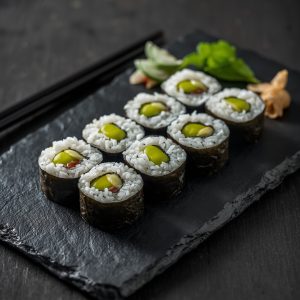
*We may earn a commission for purchases made using our links. Please see our disclosure to learn more.

